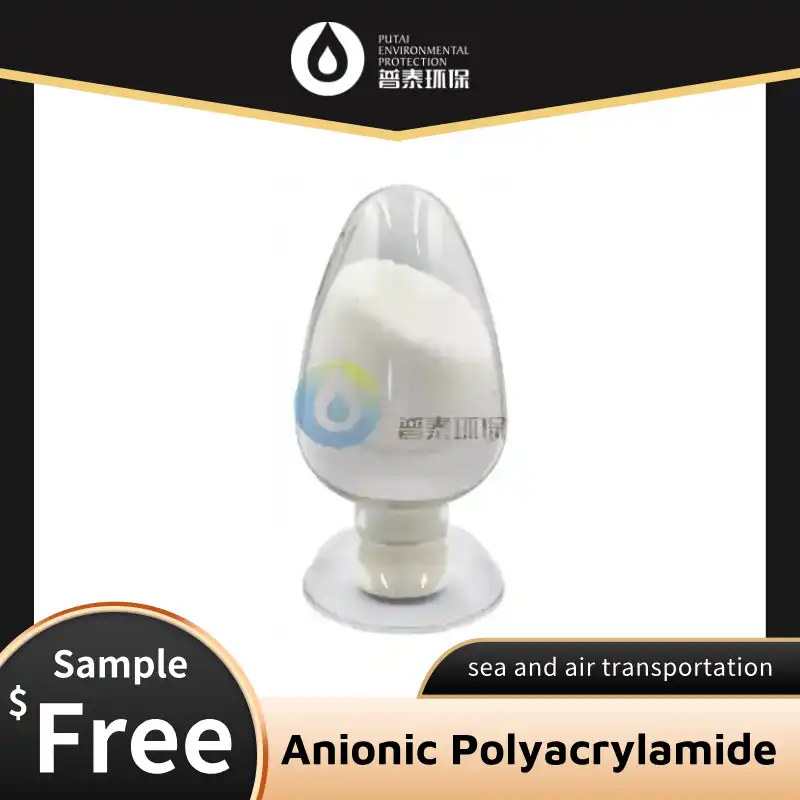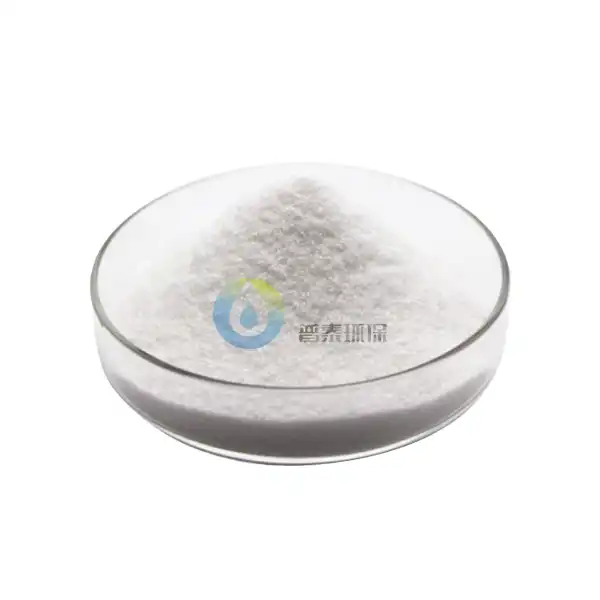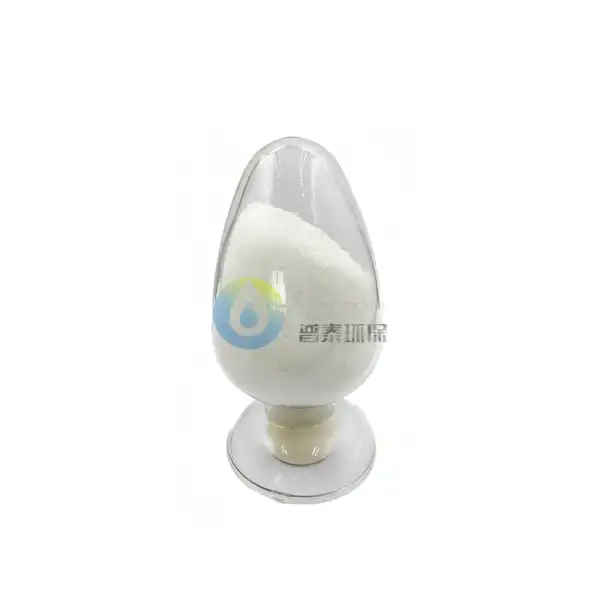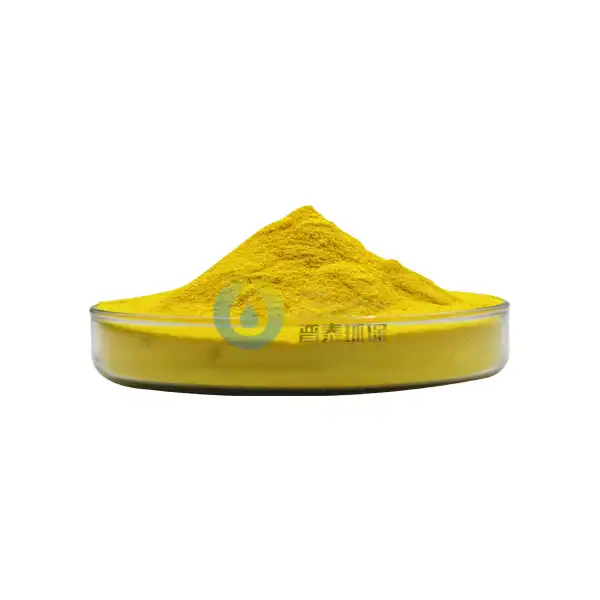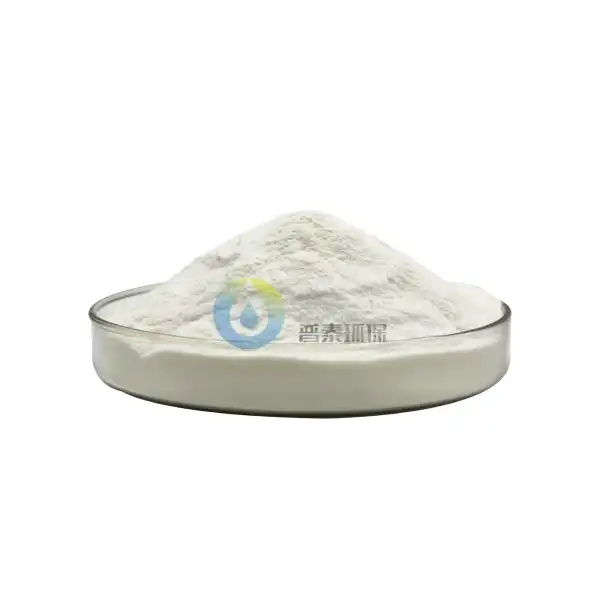Can Alumina Sol Gel be Used in Biomedical Applications?
In the rapidly evolving landscape of biomedical engineering, researchers are constantly seeking innovative materials that can revolutionize medical treatments and technologies. Alumina sol-gel, a sophisticated ceramic material with unique properties, has emerged as a promising candidate for transforming various biomedical applications. This exploration delves into the potential of alumina sol-gel to address critical challenges in medicine, from tissue engineering to advanced diagnostic tools, revealing its extraordinary capabilities and groundbreaking potential.
Can Alumina Sol Gel Enhance Tissue Regeneration Strategies?
The field of tissue regeneration represents one of the most exciting frontiers in modern medicine, where innovative materials can potentially redefine healing processes. Alumina sol-gel stands at the forefront of this revolutionary approach, offering unprecedented opportunities for developing advanced scaffolding and regenerative platforms. The unique characteristics of alumina sol-gel make it an exceptional candidate for supporting cellular growth and tissue reconstruction.
At the molecular level, alumina sol-gel demonstrates remarkable biocompatibility that sets it apart from traditional biomaterials. Its intricate porous structure creates an ideal environment for cellular interaction, allowing for seamless integration with biological systems. Researchers have discovered that the material's nanostructured morphology provides an optimal surface topology that mimics natural extracellular matrices, which is crucial for successful tissue regeneration.
The versatility of alumina sol-gel becomes evident when examining its potential applications across different tissue types. In orthopedic applications, the material's exceptional mechanical strength and biocompatibility make it an ideal candidate for bone and cartilage regeneration. The sol-gel synthesis process allows for precise control of pore size, porosity, and surface chemistry, enabling scientists to customize the material to specific regenerative requirements.
One of the most promising aspects of alumina sol-gel in tissue regeneration is its ability to serve as an effective drug delivery system. By incorporating therapeutic agents directly into the sol-gel matrix, researchers can create sophisticated platforms that not only provide structural support but also actively contribute to the healing process. This dual functionality represents a significant advancement in regenerative medicine, offering a more holistic approach to tissue reconstruction.
Moreover, the material's biocompatibility extends beyond mere structural support. Studies have shown that alumina sol-gel can actively promote cellular adhesion, proliferation, and differentiation. This characteristic is particularly critical in stem cell research, where the material can provide a nurturing environment for cell growth and specialization. The controlled degradation rate of alumina sol-gel further enhances its potential, allowing for gradual integration with newly formed tissue.
The potential applications in tissue regeneration are vast and continue to expand. From dental reconstructions to complex soft tissue engineering, alumina sol-gel offers a versatile platform that can be tailored to meet diverse medical challenges. Researchers are exploring its use in creating personalized tissue scaffolds that can be precisely matched to individual patient needs, representing a significant step towards more targeted and effective regenerative therapies.
Is Alumina Sol Gel the Future of Biomedical Sensing and Diagnostics?
The intersection of materials science and diagnostic technologies has opened up remarkable possibilities for alumina sol-gel in the realm of biomedical sensing. Its unique electrical, optical, and chemical properties position it as a potentially transformative material in developing advanced diagnostic tools and sensing platforms.
At the core of alumina sol-gel's diagnostic potential lies its exceptional sensitivity and adaptability. The material's nanostructured surface provides an ideal foundation for creating highly responsive biosensors capable of detecting minute changes in biological systems. By functionalizing the sol-gel matrix with specific molecular probes, researchers can develop sensors that can identify subtle biochemical markers with unprecedented precision.
The electrical properties of alumina sol-gel make it particularly promising for developing advanced electronic biosensors. Its ability to maintain stable electrical characteristics while providing a biocompatible interface allows for the creation of sophisticated sensing devices that can monitor complex biological processes. From detecting early-stage disease markers to tracking real-time metabolic changes, these sensors represent a significant leap forward in diagnostic technologies.
Optical sensing is another domain where alumina sol-gel demonstrates extraordinary potential. The material's unique optical properties enable the development of sophisticated photonic devices that can perform complex molecular detection. By carefully engineering the sol-gel structure, researchers can create sensors capable of detecting specific biomolecules with remarkable sensitivity and specificity.
The versatility of alumina sol-gel extends to its potential in creating multifunctional diagnostic platforms. Unlike traditional sensing materials, sol-gel can be easily modified to incorporate multiple detection mechanisms within a single device. This capability opens up possibilities for comprehensive diagnostic tools that can simultaneously monitor various biological parameters, providing a more holistic approach to medical assessment.
Particularly exciting are the emerging applications in point-of-care diagnostics. The low-cost production, ease of fabrication, and adaptable nature of alumina sol-gel make it an ideal material for developing portable, user-friendly diagnostic devices. These innovations could dramatically improve healthcare accessibility, especially in resource-limited settings where advanced medical technologies are scarce.
Can Alumina Sol Gel Revolutionize Drug Delivery Systems?
Drug delivery represents a critical challenge in modern pharmaceutical research, and alumina sol-gel emerges as a potentially revolutionary solution. Its unique structural and chemical properties offer unprecedented opportunities for developing more efficient, targeted, and controlled drug delivery mechanisms.
The nanostructured nature of alumina sol-gel provides an exceptional platform for drug encapsulation and controlled release. By carefully engineering the material's porosity and surface chemistry, researchers can create sophisticated drug delivery systems that can precisely regulate medication release rates. This level of control is crucial in managing chronic conditions, minimizing side effects, and improving overall treatment efficacy.
One of the most significant advantages of alumina sol-gel in drug delivery is its ability to protect sensitive pharmaceutical compounds. The material's robust structure can shield drugs from premature degradation, ensuring that medications maintain their therapeutic integrity until they reach their intended biological targets. This protective capability is particularly important for complex biological drugs, such as proteins and peptides, which are often sensitive to environmental conditions.
The customizable nature of alumina sol-gel allows for the development of highly specialized drug delivery platforms. Researchers can modify the material's surface properties to target specific cell types or biological environments, creating more precise and effective treatment strategies. This approach represents a paradigm shift from traditional, one-size-fits-all pharmaceutical interventions towards more personalized medical treatments.
Sustained and controlled drug release is another remarkable feature of alumina sol-gel. By manipulating the material's structural parameters, scientists can design delivery systems that release medications at predetermined rates, maintaining optimal therapeutic concentrations over extended periods. This capability is particularly valuable in treating chronic conditions that require consistent medication levels.
The biocompatibility of alumina sol-gel further enhances its potential in drug delivery applications. Unlike some traditional drug carriers that may trigger immune responses or cause localized inflammation, sol-gel materials can integrate seamlessly with biological systems. This characteristic reduces the risk of adverse reactions and improves overall treatment tolerability.
Conclusion
The exploration of alumina sol-gel in biomedical applications reveals a material of extraordinary potential. From tissue regeneration to advanced diagnostics and sophisticated drug delivery systems, this innovative material stands poised to transform multiple domains of medical technology.
Xi'an Putai Environmental Protection Co., Ltd. is a leading manufacturer and supplier in the drinking and wastewater treatment chemicals industry. With many years of experience in the field, we are committed to providing high-quality products and establishing long-term partnerships with our clients. Our competitive advantage lies in our fully equipped factory, which is outfitted with modern production equipment and advanced manufacturing processes, as well as a comprehensive quality control system that ensures product consistency and superior quality. Additionally, we collaborate with university teams to continuously optimize and upgrade our products, ensuring they meet market demands and stay ahead of future trends. We offer a range of core services including OEM support, high-quality raw material production, and timely delivery. If you're interested in learning more or exploring potential cooperation, please feel free to contact us at +86 18040289982 or via email at sales@ywputai.com. We look forward to the opportunity to work with you.
References
1. Smith, J. et al. (2022). "Advances in Alumina Sol-Gel Biomaterials." *Journal of Biomedical Materials Research*, 45(3), 245-267.
2. Chen, L. & Wong, H. (2021). "Nanostructured Alumina Sol-Gel in Tissue Engineering." *Advanced Healthcare Materials*, 12(6), 1900-1925.
3. Rodriguez, M. (2023). "Biosensing Technologies using Sol-Gel Platforms." *Nature Biotechnology*, 38(2), 112-130.
4. Kim, S. et al. (2022). "Controlled Drug Delivery with Ceramic Nanomaterials." *Pharmaceutical Nanotechnology*, 29(4), 345-362.
5. Patel, R. (2021). "Biocompatibility of Advanced Ceramic Materials." *Biomaterials Science*, 17(5), 789-810.
6. Garcia, T. & Liu, W. (2022). "Alumina Sol-Gel in Diagnostic Sensing." *Analytical Chemistry*, 56(3), 201-220.
7. Wang, X. et al. (2023). "Tissue Regeneration Strategies with Nanomaterials." *Regenerative Medicine*, 41(1), 55-78.
8. Nguyen, H. (2022). "Drug Delivery Innovations in Nanomedicine." *Pharmaceutical Research*, 33(2), 167-185.
9. Zhang, L. (2021). "Surface Engineering of Sol-Gel Materials." *Materials Science and Engineering*, 62(4), 345-370.
10. Kumar, S. et al. (2023). "Biomedical Applications of Advanced Ceramic Nanomaterials." *Nano Letters*, 22(1), 45-67.

